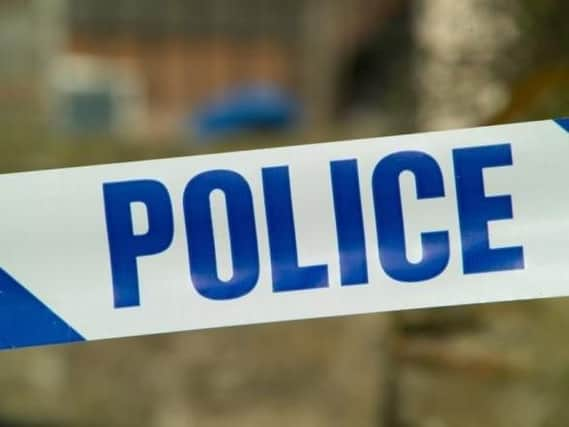'Use of force' statistics revealed for Hertfordshire Police


As part of a national push for increased openness and transparency, details of every occasion officers have had to use a tactic to protect the public from harm have been recorded and are being published for each of the three forces.
'Use of Force' covers a wide variety of ways of calming situations, including Unarmed Defence Tactics, cooperative handcuffing and the drawing and use of Taser.
Advertisement
Hide AdAdvertisement
Hide AdOfficers have been formally recording ‘Use of Force’ incidents since October – filling in forms for each incident if they were present. This means a single use of force may be recorded several times if more than one officer was on the scene at the time.
Statistics are expected to rise over the coming months as officers get used to the new process.
A summary of findings from April to June include show that Hertfordshire has had an average of 896 forms a month. Nearby Cambridgeshire has seen 419 and Bedfordshire 220 in the same period.
The most effective and commonly used forms of force were handcuffing and unarmed defensive tactics, with the majority of those subjected to force were white men, aged 18 to 34.
Advertisement
Hide AdAdvertisement
Hide AdFrontline uniformed patrol and response officers were most likely to need to use force.
Deputy Chief Constable Mike Colbourne, health and safety lead for Hertfordshire, said: "Our officers are confronted with difficult situations every day.
"They walk towards danger when others walk away, thinking and acting quickly to keep people safe. This data gives insight into what being a police officer involves and the challenges they deal with on society’s behalf.
"Officers are trained to use force proportionately, lawfully and only when absolutely necessary. Using a small amount of force through handcuffing or a form of restraint can quickly calm a situation down or prevent the individual or others coming to harm.
Advertisement
Hide AdAdvertisement
Hide Ad"However, it is imperative that we are completely open and transparent around when and why we use force and this data will allow us to see whether techniques were proportionate and necessary. It is yet another tool, along with body worn video cameras, that will allow the public to scrutinise our actions to build confidence and trust in the police service.
"This is obviously a new process and we fully expect the figures to rise over time as officers get used to recording every incident."
Chairman of Hertfordshire Police Federation, Neal Alston, added: “We welcome the release of this data which shows both what a difficult job policing is and also how open and transparent officers are in recording their use of force.
"Officers work with the public and do not take their powers to use force lightly, but the public can be reassured that when it is used officers are properly held to account by the organisation.
Advertisement
Hide AdAdvertisement
Hide Ad“Keeping the public and officers safe does sometimes require a use of force but these figures should reassure the public that when it is used it is proportionate and necessary.”
Police and Crime Commissioner for Hertfordshire David Lloyd said: “Our police officers are faced with challenging situations when they leave the police station and go out on duty. Most of these do not require the use of force, however occasionally this is necessary and I welcome the publication of this data.
“The Home Office figures have raised some important questions which I have discussed with the Chief Constable.”